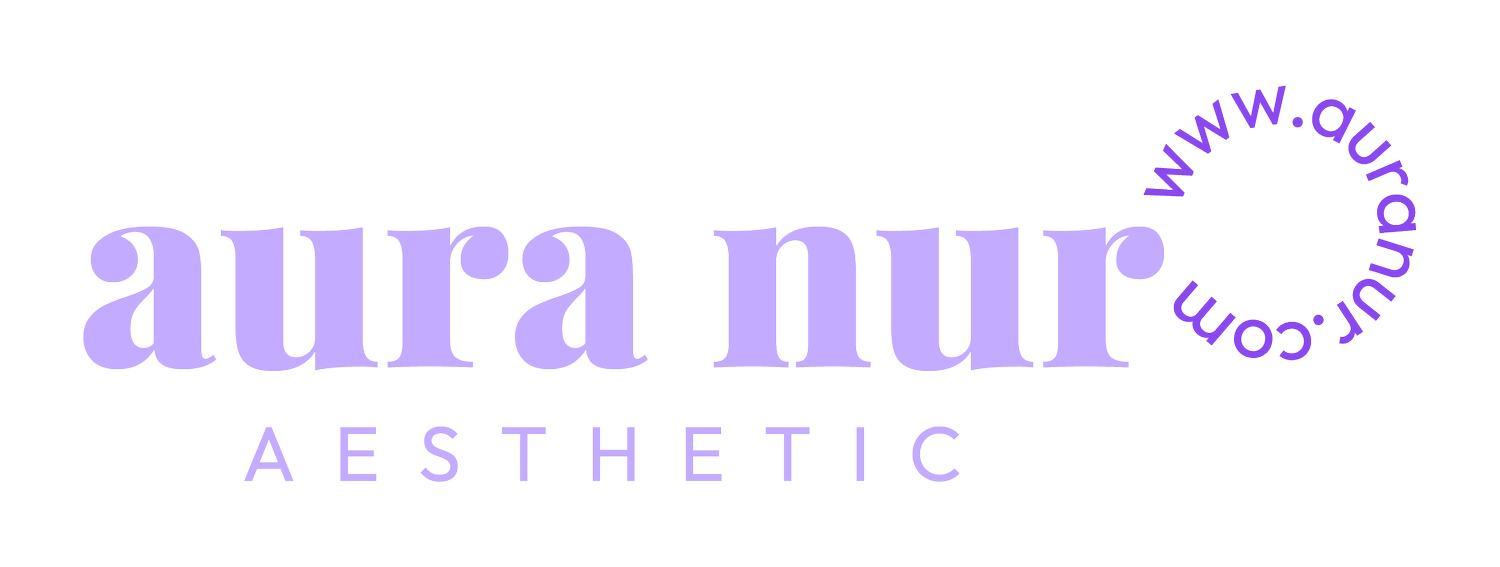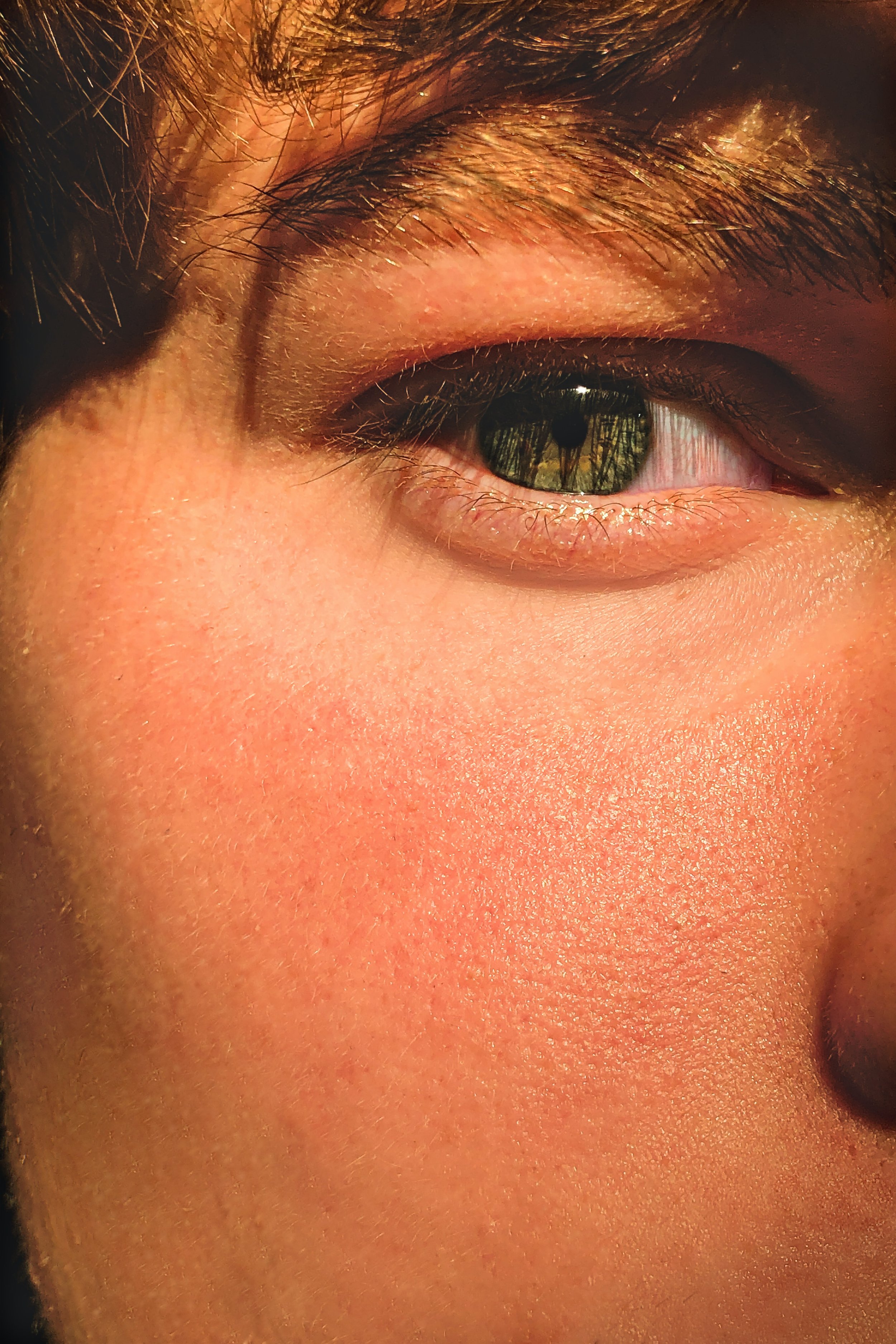What Are These Bumps On My Face?
This took us a while to compile, we hope you’re doing well nonetheless!
This week, we’re sharing with you how to identify bumps on your face, and how to maintain / clear them up.
Now, know that you’re not alone if you notice that you have a few small bumps on your face. If they’re not bleeding, turning darker, or changing in a concerning way, it can often be managed on your own, through a facial, or with a dermatologist.
In this post, we’re addressing 8 types of skin bumps:
Comedones, Inflamed Pimples, Milia, Keratosis Pilaris, Moles, Dermatosis Papulosa Nigra (DPN), Allergic Reactions and Rosacea
1. Comedones
Also known as ‘clogged or blocked pores’, these bumps are usually skin-coloured, giving the skin a rough or uneven appearance- and when left untreated, it can hang around for a while, and might require manual extraction. There’s two types of comedones: closed comedones (aka whiteheads), and open comedones (aka blackheads). Both are similar because they’re clogged with excess oil and dead skin cells, but the difference is that open comedones (blackheads) have oxidised oil and dead skin cells, making them appear to be brown or black, while closed comedones (whiteheads) are trapped, making them appear white, pink, or skin-coloured. This shouldn’t be confused with sebaceous filaments, which are usually flat, while blackheads usually are actual bumps or indents; both can be found on your nose, cheeks and chin.
Here’s How To Clear Them:
Cleanse once or twice a day, depending on your skin sensitivity, and do so especially after a workout. Or better still, double cleanse every night; it works great to get your pores unclogged!
It may come as a no-brainer, but cleansing goes a long way. It will clear and prevent oil, sweat, makeup, dead skin cells and dirt from accumulating in your pores (which eventually forms blackheads if the skin is unclean).
Use a cleanser or toner that has at least 2% salicylic acid which will dissolve dead skin cells and clear your clogged pores. Be gentle while cleansing, rubbing too hard can cause inflammation and breakouts.
Try out our Cleansing Oil and Recovery Cleanser for the best results!
Exfoliating two to three times a week will clear away dead skin cells, sebum, unclog pores and even your skin tone as well. Our Turmeric Rice Mask is a great organic exfoliator for any skin types.
2. Inflamed Pimples
If you see a painful bump appearing on your face, sometimes with a large white head and perhaps a reddened circle around it, it’s most likely an inflamed pimple. When bacteria in our pores begin to interact with excessive accumulation of oil and dead skin cells, it causes acne. Acne, when inflamed, is frequently red, uncomfortable, swollen, and occasionally pus-filled.
Avoid pressing if you have inflammatory acne at all costs because doing so might lead to redness, inflammation and scars.
Here’s How To Clear Them:
Always wash your skin before treating it.
Apply ice to reduce pain and swelling.
Do not pinch, pop, or pick at the spot. In addition to raising the risk of infection, discolouration, and scarring, doing this can make acne more obvious.
Don’t apply toothpaste. This may be a popular home-remedy, but the components in toothpaste, such as hydrogen peroxide, baking soda, alcohol, and menthol, can irritate your skin and clog your pores even further.
If you’re concerned with the amount of pimples, consult a dermatologist to treat and prevent further outbreaks, where medications like retinoids or antibiotics can be suggested.
3. Milia
If you’re seeing any tiny whitehead-appearing pimples on your face that refuse to go away, despite your best efforts to clear them with an acne-fighting cleanser, that’s probably Milia; it’s not harmful or contagious in any way. Milia is small, bump-like cysts found under the skin and are usually 1 to 2mm in size. They develop when skin flakes or keratin, a protein, becomes trapped under the skin.
Milia often appears near the eyes, cheeks and nose, and can develop in any skin type and it’s also particularly common in infants too. Although they are more common in those with skin problems like rosacea, sun-damaged skin, skin trauma like burns, or for those whose pores are persistently blocked with oil-based makeup and skin care, milia can also often appear for no apparent cause.
Here’s A Few Home Remedies To Get Rid Of Milia:
Frequently clean the affected area. To avoid irritating your skin, use a gentle cleanser.
Steaming your face will help to open up your pores and help loosen any buildup of dirt for a deeper cleanse. You may do this by taking a hot shower to open your pores. Wash your face with cold water afterwards to tighten the pores!
Exfoliate. Exfoliate two to three times a week using face masks, clays, serums or toners, all of which will help to clear away dead skin cells and help products be easily absorbed into your skin to create an even skin tone. Do note that exfoliating every day should be avoided, as it might irritate, dry up or strip away your natural oils even further. Try out our Turmeric Rice Mask for exfoliating, it’s organic and gentle, suitable for any skin problems or skin type.
Use sunscreens with SPF30 and above to protect your skin from the sun- it’s the best and easiest form of protection for your skin’s appearance and health at any age. Our waterproof sunscreens are great for everyday use.
If these steps don’t work, book an appointment with us or a dermatologist!
4. Keratosis Pilaris
Keratosis Pilaris (aka Chicken Skin) usually appears on the nose, chin and forehead, but it can also be found on the upper arms, thighs, cheeks, and buttocks. It’s a harmless skin condition, and are actually dead skin cells clogging hair follicles that’s rough or bumpy on the face- usually pinkish or in skin / translucent colour. The bumps typically don't hurt or itch, and are usually genetic.
Here’s How To Clear Them:
Take short showers and baths in lukewarm water.
Make use of a gentle, scent-free cleanser. This will help prevent inflammation.
Exfoliate and moisturise your skin regularly
Treatment for keratosis pilaris usually isn’t necessary. But if you’re concerned about it on your face, or if it’s getting worse, consult a dermatologist or book an appointment with us, we can help to extract them!
5. Moles
Moles are natural and mostly harmless, some of which you may have had all your life, or some might have recently surfaced on your skin as you get older. They are fairly common and come as brown, red, or flesh-coloured spots or pimples on the face and other parts of the body. Almost everyone has at least one!
How To Manage Your Moles:
While most moles are harmless, some can be cancerous.
Check your skin for any moles that are changing, itching, or bleeding. If you’re seeing over 50 moles on your body as well, schedule a dermatologist visit right away. These are symptoms that could indicate skin cancer: melanoma. When detected early, melanoma is curable, but it can spread and be fatal if it is not treated.
Sun protection for your skin. The number of moles on your skin is said to grow when you're outside in the sun. Avoid tanning and using sunlamps often as well. Wearing SPF every day is so important to prevent sun damage and skin cancer.
6. Dermatosis Papulosa Nigra (DPN)
Dermatosis papulosa nigra (DPN), which are harmless skin patches frequent in darker skin tones that typically run in families, are skin bumps instead of moles. Don’t worry, they cannot develop into cancer. DPNs are a relatively superficial collection of epidermal cells, whereas moles are deeper in the skin. One person may have dozens of spots on their face, however these brown bumps rarely get bigger than a few millimetres in size.
How To Manage Your DPN:
There isn’t much you can do besides applying sunscreen. Yes, we’re always emphasising the importance of sunscreen because it’s the best and easiest way to protect your skin’s appearance and health at any age.
A dermatologist can gently remove these spots using a laser or cautery treatment. However, lasers might cause hyperpigmentation in those with dark skin, therefore we would suggest you seek the help of a medical professional about the best course of action for you.
7. Allergic Reaction
An allergic reaction to something you ate, wore, or applied may occasionally cause bumps on the face or other parts of the body.
Hives are reddish, itchy bumps or welts that occur rapidly after exposure to an allergen. In some situations, marks on your body can be hives. It is advised to take a cool bath, using over-the-counter allergy medicine, or putting a cool compress to the area if the hives are minor. Call your family doctor or, if you don't have one, an emergency hospital if your hives are more severe if you're also having trouble breathing, swelling, or shortness of breath.
How To Prevent Allergy Reactions:
If you’re using a new product, stop using it immediately if it’s causing a reaction. Skin allergy symptoms like redness, itching, and swelling often go away on their own in a week or two, with or without treatment. In the meantime, these are some comfortable ways that you can self-care at home:
Cleanse the area of allergy with a gentle cleanser. Afterwards, do not touch or pick your allergy reaction that often, as it might worsen it.
Cooling. Using a cool compressor can calm a fiery rash. Apply a cold wet cloth or an ice pack to the skin that itches for about 5-10 minutes till the itch subsides.
Moisturising your skin. After cleansing the skin, use a gentle moisturiser that is free of additives, fragrances and perfumes to reduce the risk for skin inflammation and irritation.
Wear loose clothing to prevent any itching or irritation to the skin.
8. Bumps due to Rosacea
Rosacea is a common disorder that typically appears on the face, which causes redness on the nose, chin, cheeks and forehead. Those with fair skin, or who tends to blush easily may be at higher risk of getting Rosacea. Adults over the age of 30 are also more likely to be affected, some coming from family history or genetics.
Unfortunately, there is no cure for rosacea. However, there are some techniques to decrease the inflammation that causes the bumps and redness such as:
· Switching from harsh soaps to gentle cleansers.
· Using light or water-based moisturisers is better because people with rosacea often have sensitive skin.
· Sun protection is essential for those with rosacea to prevent inflammation from sun's UV rays.
A thing to note: each person has a unique set of triggers that may include things like physical activity and particular ingredients in skin care or makeup. Limiting your exposure to certain triggers as much as you can prevent that.
That’s all this week!
If you have any concerns regarding today’s topic, do just give us a text,
call us or even book an appointment with us if necessary. We’re here for you :)






